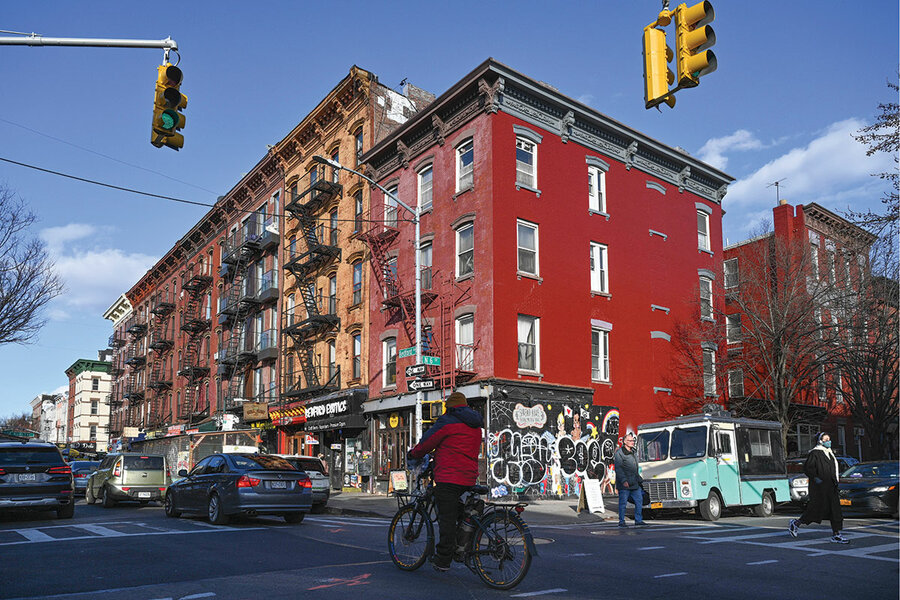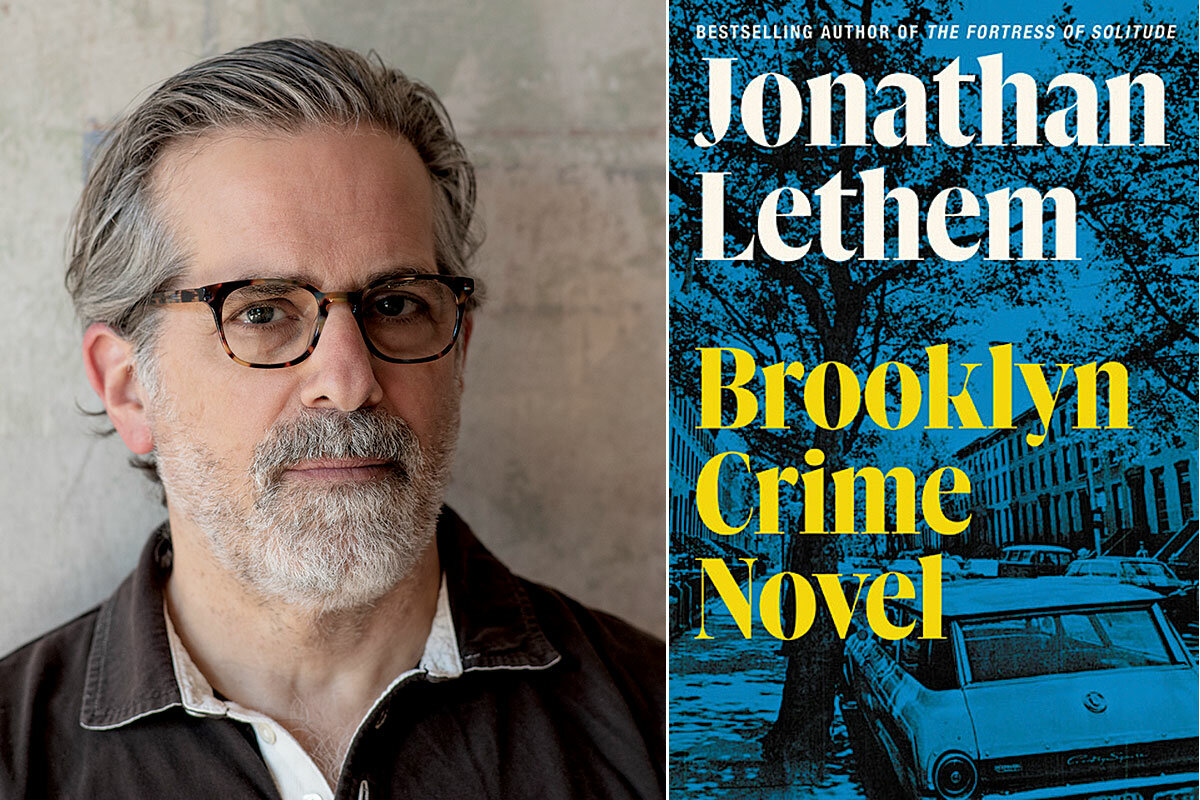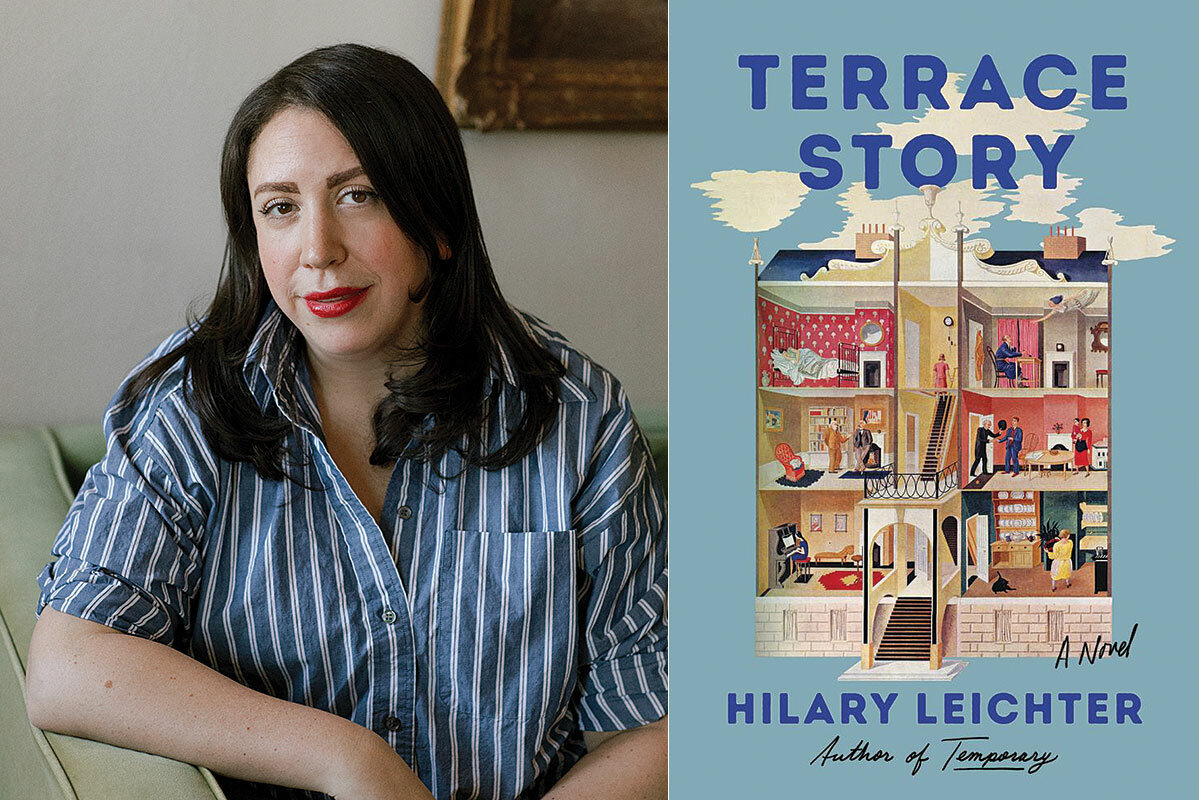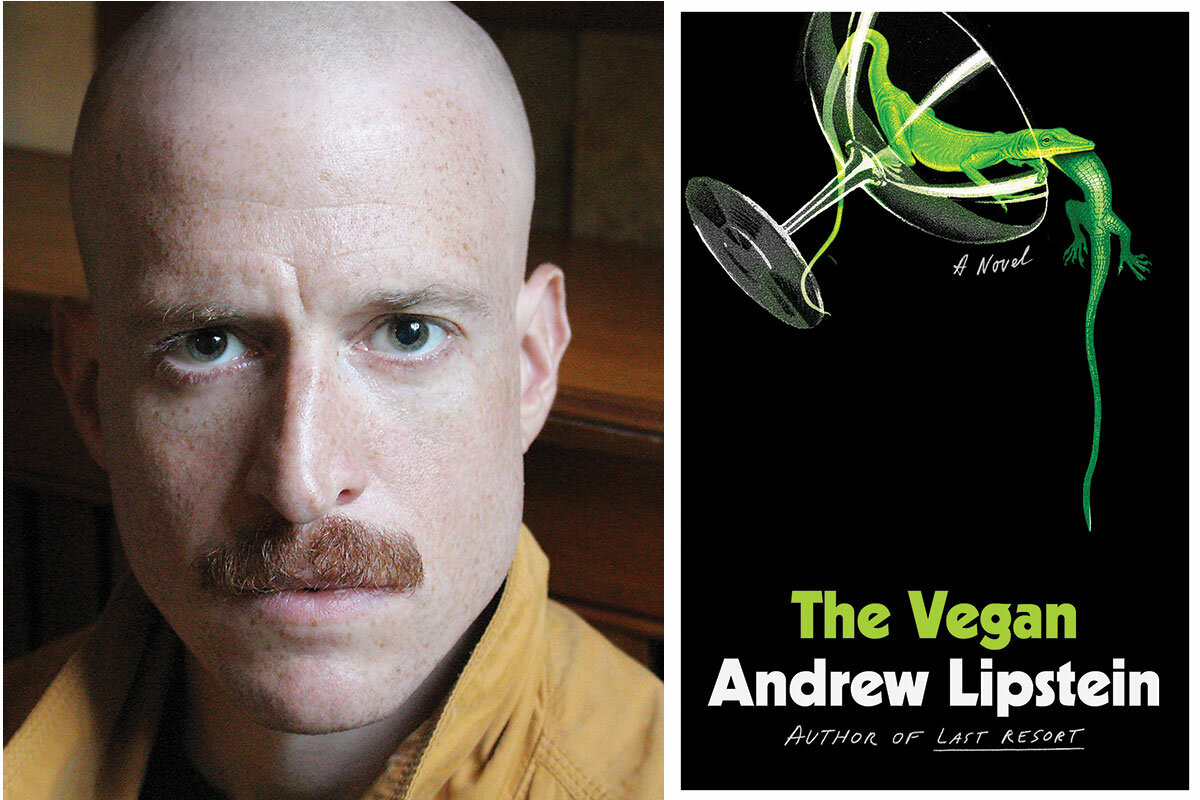A sense of place: Brooklyn writers on why they love the borough
Loading...
The Brooklyn borough of New York has long attracted writers. And whether a book was written today or a century ago, Brooklyn stories often follow a theme: the struggle of ordinary folks, along with the shadier characters around them, to survive and thrive in an extraordinarily diverse and crowded setting.
With 77 neighborhoods and 2.7 million residents, the borough is big: If it were a city on its own, Brooklyn would be the third-largest in the United States. As such, the area is rich with material for novelists. Since at least the mid-20th century, readers have been hooked on such classics as Betty Smith’s 1943 “A Tree Grows in Brooklyn,” depicting an immigrant family’s struggles in 1900s Williamsburg, as well as Hubert Selby Jr.’s 1964 “Last Exit to Brooklyn,” set in the “jungle of waterfront docks, factory buildings, shabby bars, slum houses, and towering city apartment projects.” Brooklyn stories are chock-full of characters living on top of one another.
Writers today, from award-winning author Jonathan Lethem to younger novelists like Hilary Leichter and Andrew Lipstein, are energized by the borough. Where writers once decamped for Manhattan’s bigger and brighter lights, it’s not unusual to bump into your favorite author here. And though the borough is gentrifying and tenements are fading, those 77 neighborhoods still provide a sense of identity and personality in a metropolis where it’s easy to feel alone.
“Brooklyn is a gigantic conflation of different people and realities and claimants – it belongs to everyone and no one,” says Mr. Lethem, who grew up on Dean Street in Brooklyn’s Boerum Hill. Five of his novels were set partly or entirely here. “It’s turbulent and unresolved and that juxtaposition and sense of negotiation is very fertile for writers,” he says. Mr. Lethem’s latest book, “Brooklyn Crime Novel,” explores Dean Street life in the 1970s. “It’s a time and place I come from and am helplessly fixated on.”
Author Hilary Leichter is an adjunct assistant professor and the undergraduate creative writing adviser in fiction at Columbia University. She’s lived in different Brooklyn neighborhoods for 16 years. Along with her husband and thousands of books, she now calls Sunset Park home.
“Brooklyn is a place that’s constantly in flux, sometimes for better, sometimes for worse, and change is intoxicating and important for narrative,” she says. “Think about writing a book and how characters shift and change over time – Brooklyn is always shifting and changing.”
Her new book, the four-part “Terrace Story,” is about a couple and their baby who live in a small apartment with a closet that occasionally turns into a beautiful terrace. It was inspired by a cramped Brooklyn apartment that Ms. Leichter previously lived in.
Her book also focuses on loneliness. “I think there’s sort of a loneliness to life in a city, whether you live alone or not,” she says. “It’s one of the things I love most about Brooklyn. Walking alone in the borough and experiencing it and making sense of it by myself. It’s a place that encourages observation, and that’s catnip for artists and writers. Walking through Brooklyn is where I’ve come up with some of my best ideas.”
Mr. Lipstein lives with his wife and toddler in Cobble Hill, a neighborhood that The New York Times once described as “achingly pretty.” His latest book, “The Vegan,” focuses on a young hedge fund manager and his wife who plan an elaborate dinner that’s intended to woo their much wealthier neighbors but turns into a series of disasters and odd encounters.
“I’m always interested in conflict and differences of priorities and moral ambiguity, and one of the best parts about Brooklyn is the diversity,” he says. “You have people who think differently and want different things. I think of Brooklyn as a collision of so many people and lifestyles, and I find it extremely inspiring. There are so many characters to choose from. It kind of expands your palette as a writer.”
He also enjoys the distinctive personalities of Brooklyn’s neighborhoods, something that was harder to sense in Manhattan where he has lived. “In a 15-minute walk you can feel the difference of who lives where. You can go from Clinton Hill, to Williamsburg, from a well-to-do, 30-something neighborhood, to where Orthodox Jews live, to the projects, to an insufferably hip neighborhood, to a wasteland.”
Mr. Lethem, who left 13 years ago to teach creative writing at Pomona College, prefers the older and grittier Brooklyn. “I grew up when Brooklyn had that kind of inferiority complex, where parents said, ‘Go off to college and never come back,’” says Mr. Lethem. From age 4 until college, he lived on Dean Street; when he was in his 30s he moved back, a few doors down from his old address. “Both my sons were born there, where I’d been a little kid.
“I’m the last of the ‘get out’ generation,” he says. “I can see into both realities, and I tried to capture some of that older stuff in ‘Brooklyn Crime Novel.’ It’s a book about a lost world. I wanted to resurrect that world for anyone who cared to know about it, because I think it’s pretty much gone.”
One of the biggest advantages of Brooklyn living, say Mr. Lipstein and Ms. Leichter, is rubbing shoulders with other writers. “You almost have to apologize when you say you’re a writer living in Brooklyn because you’re feeding into the trope,” he says.
Mr. Lipstein cites a recent profile on the Pulitzer Prize-winning author Michael Cunningham. “I saw his picture [Cunningham was leaning against the railing of a Brooklyn brownstone], and I thought, ‘What a normal-looking Brooklyn guy.’ Whenever you walk down the street, there are people like him that you pass, or see in the grocery store, and sort of get used to. It reminded me how many special people are here.”
Brooklyn Crime Novel
“Brooklyn Crime Novel” is Jonathan Lethem’s second book to chronicle life in the 1960s and ’70s on Dean Street in Brooklyn’s Boerum Hill. In a series of snapshots and vignettes, with a rich dollop of history, Mr. Lethem chronicles the gritty, tightknit, and petty crime-ridden neighborhood where he grew up, and that gradually gentrifies as “pioneers” make their way in.
Terrace story
A young couple and their toddler live in a cramped Brooklyn apartment. But when a certain friend visits, and only when she visits, their closet turns into a huge, beautiful terrace. Based on an award-winning story published in Harper’s Magazine, the book was inspired by a “claustrophobic” apartment that author Hilary Leichter and her husband lived in. While writing the book, she says, “I started to find that there are terraces and balconies everywhere in literature if you look for them.”
The vegan
A Brooklyn hedge fund manager on the brink of earning millions starts questioning nearly everything in his life, which begins to unravel after he makes a deadly mistake during a dinner party. The gathering was meant to impress his wealthy next-door neighbors. His regret leads to a number of odd actions, including bonding with animals, declaring himself vegan, and blowing up relationships with family and friends. It’s a fascinating story that examines the role of regret, guilt, and longing.
“I wanted to create a character that has to deal with a moral debt,” says author Andrew Lipstein.










